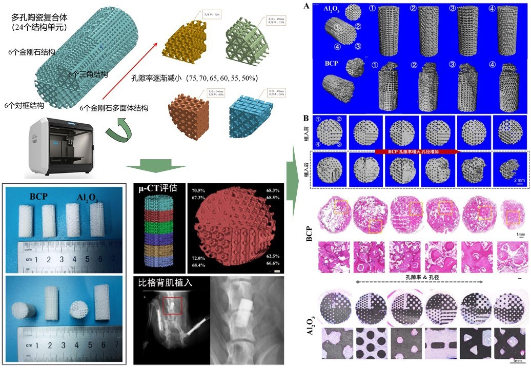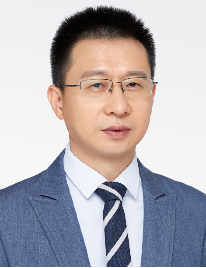Evaluation on service performance of anti-tumor/tissue-inducing biomaterial based on high throughput experimental techniques
Xiangdong Zhu1,*, Jianjun Liu2, Jing Ma3, Xuening Chen1, Xiao Yang1, Yong Zhou4, Chongqi Tu4, Xingdong Zhang1
1 Sichuan University, Chengdu, 610064, China
2 The Shanghai Institute of Ceramics of the Chinese Academy of Sciences, Shanghai, 200050, China
3Nanjing University, Nanjing, 210023, China
4West China Hospital of Sichuan University, Chengdu, 610041, China
EXTENDED ABSTRACT: Biomaterials and resultant products are used in human body with complex microenvironment, and influenced by many factors. After functional animal experimental evaluation, clinical trial verification, and long-term follow-up observation, the biosecurity and effectiveness of them can be finally identified. At present, biomaterials development mainly depend on the traditional mode of trial-and-error. Therefore, from initial research and final market, each new product has the outstanding features of long cycle, high cost, and big risk. Fortunately, rapid development of Material genome technology provides the new mode for speeding up the development of biomaterials. Tissue inducing biomaterials, proposed by Chinese scholar, open up the new direction of biomaterials development. Supported by National Key Research and Development Program of China, our team have developed the anti-tumor /tissue-inducing biomaterials, using the constructed biomaterial data base and the corresponding high throughput computing and machine learning methods. We have made several high throughput experimental devices and screened out a good anti-tumor HA powders, whose biosecurity and effectiveness were verified by 30 clinic tests. Specially, for the sevice performance of the materials, including anti-tumor and bone regeneration properties, we constructed two integrated fabrication and evaluation technologies to screen out the optimized composition and structure as well as predict the in vivo anti-tumor effect of inorganic nanomaterials and osteoinductivity of 3D printed bioceramics, respectively.

Figure 1. Integrated fabrication and evaluation of bioceramic scaffolds with twenty-four features.

Prof. Xiangdong Zhu has completed his PhD in 2006 from Sichuan University. He is the vice director of Research Center for Materials Genome Engineering, Sichuan University. He has published more than 100 papers and awarded with the First Prize in Natural Science of Sichuan Province (2/6). He has been serving as the editorial board members of several international journals.